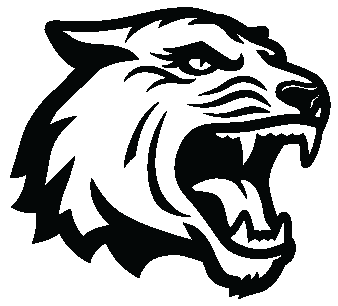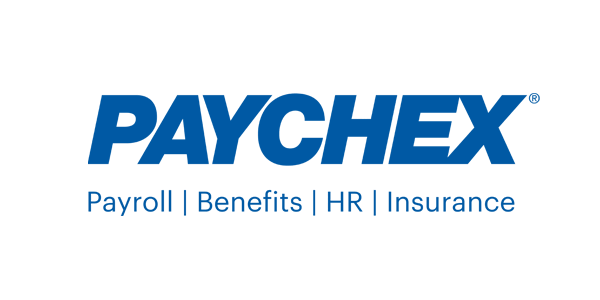Simulating the Machinery of Life
1. Proteins: The Machinery of Life Proteins are the machines of life. Proteins carry out nearly all cellular functions. Their diverse structures enable them to act as enzymes, transporters, structural components, signal transducers, and much more. Their function is dictated by their three-dimensional shape, which is determined by the sequence of amino acids. Imagine your body is like a big, busy city. Inside this city, some tiny workers help everything run smoothly; these workers are called proteins. Some proteins are like construction workers, building and repairing parts of your body. Others are like delivery trucks, carrying essential things like oxygen in your blood. Some proteins are like chefs, helping break down food so your body can use it for energy. And some are like security guards, allowing your body to fight off germs and stay healthy. Proteins are made up of tiny building blocks called amino acids, and depending on how they are put together, they can do different jobs. Just like LEGO bricks can be used to build various things, amino acids can be arranged in other ways to make different proteins. 2. Visualizing Static Proteins: 3D Printing Exhibition Structure of proteins -To truly appreciate proteins, we can move beyond computer screens and 3D print their structures. These models provide a hands-on way for visitors to understand the interactions between proteins and drug molecules 3. Visualizing Moving Proteins: Molecular Dynamics Trajectories Proteins are not static; they move, fold, and interact dynamically. Using advanced molecular dynamics simulations, we can visualize: Imagine proteins as tiny LEGO robots inside your body that do essential jobs like digesting food, fighting germs, or making your muscles strong. However, unlike regular LEGOs, these robots move and change shape to do their work. 3.1. Folding and Unfolding of a Protein Proteins naturally fold into their functional shape, but external factors like mutations or temperature can disrupt this. Visualization of folding pathways shows intermediate states and energy landscapes. Understanding misfolding helps in studying neurodegenerative diseases. 3.2. Binding of a Protein Proteins interact with other molecules through binding, which is crucial for drug discovery. Simulations show how a ligand approaches a protein, binds, and induces conformational changes. These insights help design better drugs with higher specificity. One of the main challenges in drug discovery is identifying the accurate binding sites on a protein where small molecules (ligands) can bind and exert their therapeutic effects. 4. Posters: Real-Life Applications of These Tools Our research applies these visualization and computational tools to tackle real-world challenges. 4.1. Predicting Folding Stability (ΔΔG) of Mutant Proteins Mutations can stabilize or destabilize proteins, affecting disease progression or drug responses. Using computational models, we predict how mutations alter protein stability. This helps in drug design, enzyme engineering, and understanding genetic diseases 4.2 Exploring AlphaFold-Predicted Structures of Nudix Proteins to Investigate Binding Site Dynamics The poster will showcase how AlphaFold’s prediction aligns with the experimental determined protein structures. The computational tools are designed to analyze the 3D structure of proteins and predict the location of the binding sites based on the geometry and chemistry of the protein surface. These models provide a detailed description of the protein structure, including its active site which is essential for understanding its function and interactions with potential drugs.
Topics
Exhibitor
PRIYA CHIRIYANKANDATH
Alfonso Sierra
Advisor(s)
Emiliano Brini, School of Chemistry and Materials Science
Organization
1. Priya Benny Chiriyankandath (Ph.D. student) Kate Gleason College of Engineering
2. Alfonso Sierra (Ph.D. student), Kate Gleason College of Engineering
Thank you to all of our sponsors!









